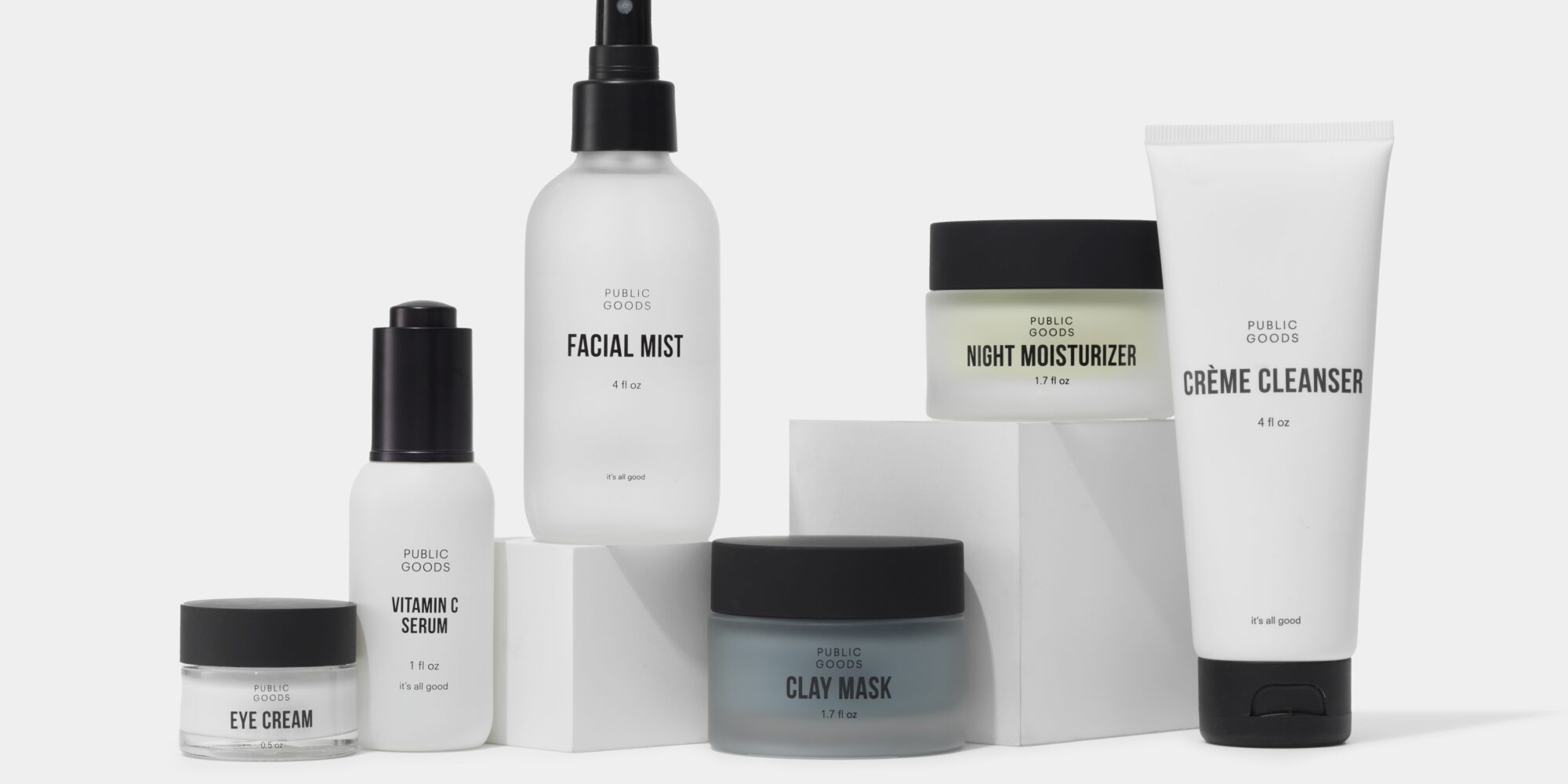
Public Goods Extends To Skincare As It Builds Its Assortment Of Affordable Eco-Conscious Essentials
In its quest to become a leading online destination for eco-conscious and affordable daily essentials, Public Goods has released a new collection of skincare goods.
The collection contains six products all priced under $15: whipped Crème Cleanser featuring kaolin clay, Clay Mask with a mix of bentonite and kaolin clays, Night Moisturizer containing aloe, coconut alkanes and retinol, Eye Cream packed with hyaluronic acid, Facial Mist blending rose and jasmine essential waters, and Vitamin C Serum. The skincare items enter a selection of over 300 products spanning everything from maxi pads to mayonnaise and respond to a survey revealing 85% of Public Goods’ customers are interested in skincare from it.
“Our goal is to be top of mind for Americans when they are thinking about any essentials that they need to get for their home, for their bathroom and for their kitchen,” says Michael Ferchak, chief product officer of Public Goods who founded the company with Morgan Hirsh. “Ultimately, we are going to be a brand that’s as recognizable in any household as Amazon, Bed Bath & Beyond and Trader Joe’s.”
Public Goods’ skincare collection comes as the e-commerce player is ramping up its product development pipeline. Out of about 60 employees, Ferchak says it’s assembled a product development team of nine people. He estimates Public Goods will unleash several hundred products next year, including pots, pans, stationary and bedroom linens. On a monthly basis, he says a minimum of a handful of products are introduced.
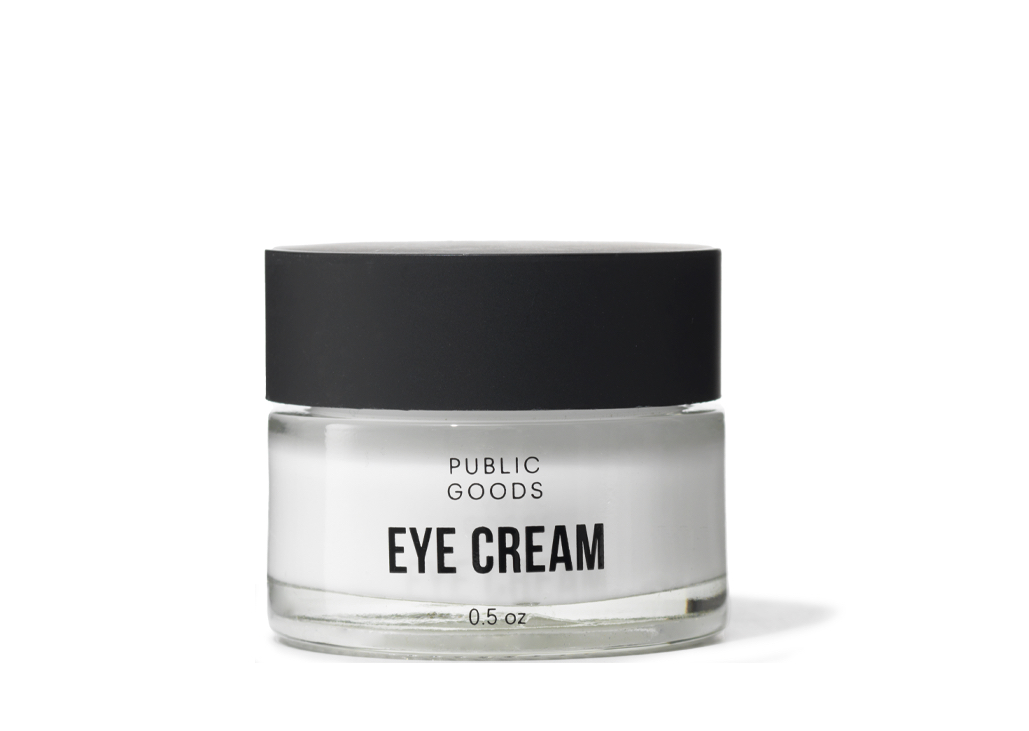
Although it aims to increase basket size with a multitude of products, Ferchak emphasizes Public Goods isn’t out to confuse customers with a flood of options. Suitable for various skin types, the skincare collection is designed to be a compact system addressing most skincare needs. It relies on natural ingredients for the formulas and materials like glass for the packaging in an attempt to minimize its environmental footprint. Public Goods offsets carbon emissions from its deliveries. It shares it’s offset 188 metric tons of carbon dioxide, the equivalent of taking 40-plus cars off the road in the last six months.
“We try to give our customers peace of mind with our products,” says Ferchak. “We know there is an incredible amount of choice on the market, a paralyzing amount of choice actually, and much of it really does have questionable ingredients, and brands that are not necessarily focused so much on health. So, what we do is we try to develop products that have clean ingredient decks, and we want our customers to be able to trust that, when we launch a product, a lot of thought has gone into it from a health perspective.”
Public Goods began in 2015 as Morgans. The company secured $100,000 in seed funding to get underway, half of it from Ferchak. It went on to do a Kickstarter campaign that drew nearly $690,000 from 10,260 people in fewer than 40 days. Fast Company has compared Public Goods to a combination of Trader Joe’s and Costco “with a splash of Brandless.” It has a direct-to-consumer membership model. Members currently pay $79 annually.
The company started in personal care with basics for the bathroom such as toothpaste, shampoo, conditioner, hand soap, lotion and body wash. Ferchak says, “Originally, we were looking at Dollar Shave Club and thinking, ‘Well, why does someone only need razors delivered?’ You need everything in your bathroom.”
“Ultimately, we are going to be a brand that’s as recognizable in any household as Amazon, Bed Bath & Beyond and Trader Joe’s.”
Explaining Public Goods’ move to deepen its penetration of the bathroom with skincare, Ferchak says, “More than half of our members are female, and they use many more personal care products on a daily basis than just shampoo, conditioner, lotion and deodorant, so we wanted to be able to satisfy more of their product needs on a day-to-day basis.” He continues, “I’m very optimistic about these skincare products. We haven’t launched personal care products for a long time, and we know that customers have been asking for them, so I think they’re going to do very well.”
To determine the consumer appetite for a category Public Goods has expanded into, Ferchak zeroes in on a key performance indicator or KPI he describes as “the frequency of appearance on first order.” He elaborates, “What that tells us on all new members is what percentage of those new orders have this product. We are clearly able to see which of our products are more attractive for customer acquisition than other products.”
In addition, Ferchak pays close attention to sell-through. “When you have hundreds of products that you are selling, inventory can be a very high capital requirement, so it’s important to us that, if a manufacturer has a minimum order of 10,000 units, that we can sell through that in maybe six months and place a reorder. We certainly don’t want to be holding stock of anything that ties up our cash. That is what we look at in terms of the success of a product.”
Judging by sales alone, Public Goods has been experiencing quite a bit of success. They’ve been almost doubling annually. The company reports that January 2021 sales were up 200-plus% from January 2020 sales. Public Goods has raised roughly $22 million. In 2020, L Catterton, the private equity firm associated with LVMH Moët Hennessy Louis Vuitton, backed it with $15 million in funding.
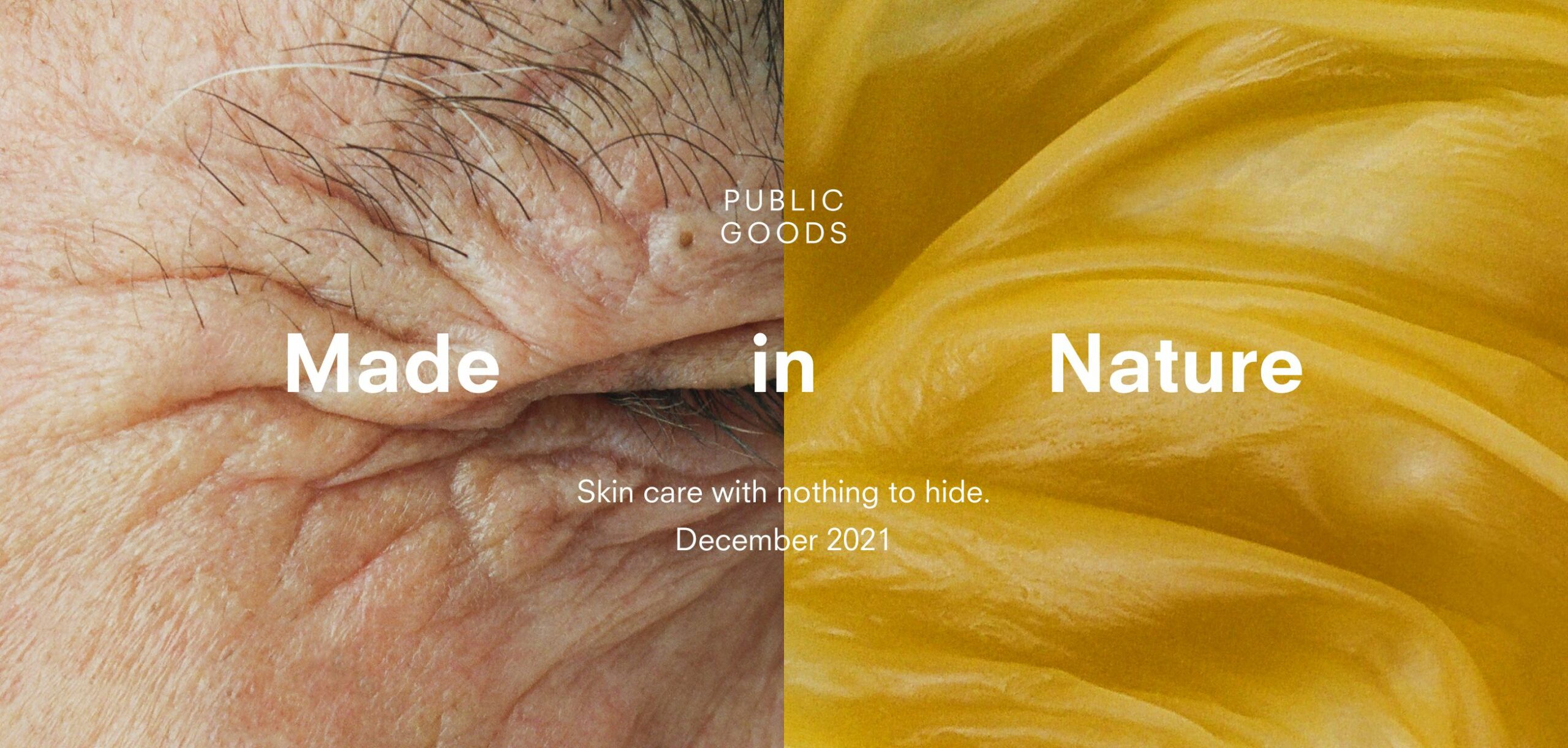
Public Goods has stretched from screens to stores. It previously had a partnership with CVS, but decided to stop it to concentrate on premium large retailers as well as boutiques, hotels, gyms and restaurants aligned with its approach to sustainability and minimalist design. It’s available at Bloomingdale’s. Ferchak says Public Goods’ retail business has registered 500% year-over-year growth.
In skincare, Public Goods faces competition from several digital marketplaces, not to mention skincare brands, namely The Ordinary and The Inkey List. Italic has pushed into the category; Thrive Market has a stacked array of skincare from third-party brands; and Brandless, the concept that shuttered last year before reemerging, sells a line of skincare it calls Brilliant. To amplify its visibility in the category, Public Goods has a multipronged strategy encompassing public relations, paid advertising, email outreach and influencer relationships. For the new skincare products, a campaign entitled “Made in Nature” showcases skin along with the natural ingredients in the products’ formulas.
Ferchak anticipates the Vitamin C Serum, Eye Cream and Night Cream will be particularly strong performers. “If you look at our top-selling products, you are talking about hand soap, bar soap, shampoo, deodorant and conditioner,” he says. “They are really driving a large portion of our business and a huge chunk of our revenues. That’s also part of the reason I am really excited about this skincare launch.”

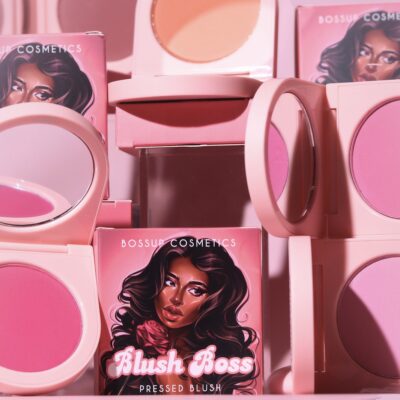
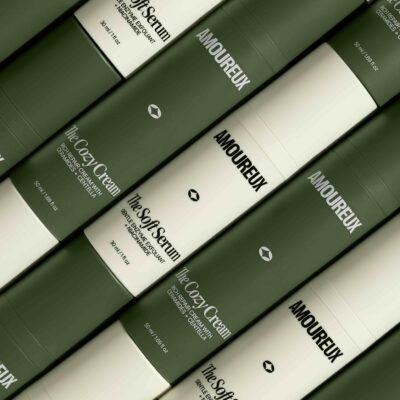
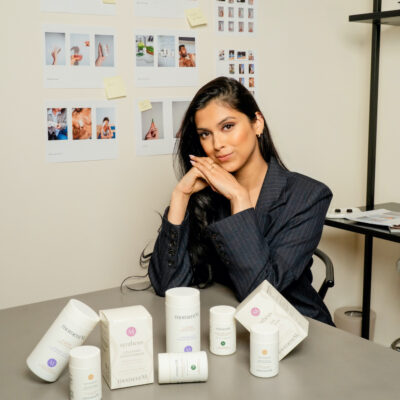
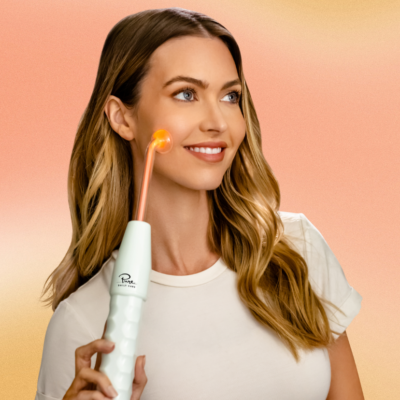
Leave a Reply
You must be logged in to post a comment.